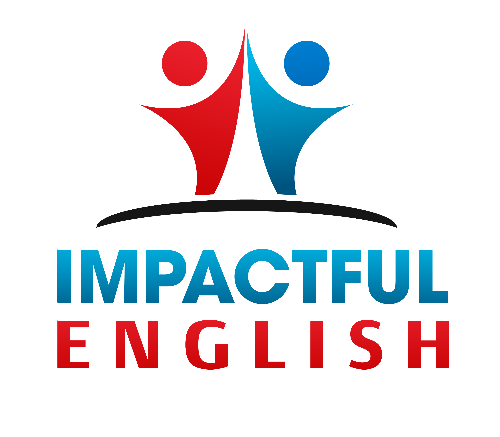How to Express Ideas Fluently Using Advanced Conjunctions
Today I’ll guide you through how using advanced conjunctions can help you express yourself more fluently and clearly during your meetings in English.
Understanding how to use conjunctions can significantly impact the way you structure your ideas, make suggestions and improve the overall organisation of your speech. Increasing your conjunction vocabulary will diversify your language, improve your writing skills, and enhance your clarity.
What are Conjunctions?
Conjunctions are words that connect phrases, clauses, or sentences to make your communication more cohesive and fluent. They can show relationships like addition (e.g., and), contrast (e.g., but), or cause (e.g., because).
Example: “I wanted to attend the meeting, but I was stuck in traffic.”
The conjunctions above (but, and, because) are basic and very important in daily communication. However, mastering advanced conjunctions will further enhance your communication skills and can boost your confidence during work meetings.
However, many non-native speakers have trouble using conjunctions accurately. If a speaker’s native language has different structures, they may struggle to adapt to English norms, leading to errors.
It’s crucial to use the correct structure and context for the conjunction you are using, otherwise, your idea may not make sense leading to confusing your listeners.
Taking the time to understand the structure of the conjunction you’re using is crucial for effective Communication.
Today, I’d like to introduce five types of advanced conjunctions which will add colour and variation to your English speaking. You’ll find their meaning, structure, and examples of how to use them.
Here they are:
1. Nonetheless
2. In spite of
3. Hence
4. In light of this
5. Equally
Let’s dive deeper into each of the five conjunctions.
1. Nonetheless
Meaning: Used to indicate that something is true despite what has just been said, similar to “even so.”
How to Use It:
Usually placed at the beginning of a sentence or after a semicolon.
Structure: Nonetheless, + [main clause].
Example: The project faced significant challenges. Nonetheless, the team remained committed to its success.
2. In spite of
Meaning: Used to indicate that something happens or is true regardless of a particular circumstance.
How to Use It:
Followed by a noun or noun phrase.
Structure: In spite of + [noun/noun phrase], + [main clause].
Example: In spite of the rain, the event was well-attended.
3. Hence
Meaning: Suggests that what follows is the logical outcome of the previous statement.
How to Use It:
Used mid-sentence or at the beginning of a new sentence:
Structure: [Clause]; hence, + [main clause].
Example: The market is saturated; hence, we need to diversify our product line.
4. In light of this
Meaning: Suggests that the previous situation has influenced the following action.
How to Use It:
Placed at the beginning of a sentence:
Structure: In light of this, + [main clause].
Example: We’ve had several client complaints. In light of this, we are changing our service process.
5. Equally
Meaning: Adds information showing that two points are of the same importance.
How to Use It:
Typically placed at the start of a sentence or clause.
Structure: [main clause]. Equally + [clause]
Example: The project must meet quality standards. Equally, it needs to be delivered on time.
Conclusion
Using conjunctions can significantly benefit non-native speakers in a work environment in several ways.
First, they improve clarity by connecting ideas and sentences, making communication clearer and easier to follow.
Additionally, employing advanced conjunctions demonstrates a higher level of language proficiency, which can enhance both credibility and professionalism.
Furthermore, conjunctions enable non-natives to articulate more complex thoughts and arguments, facilitating deeper discussions with colleagues.
Overall, mastering conjunctions can lead to more effective communication and a more confident presence in work meetings.





